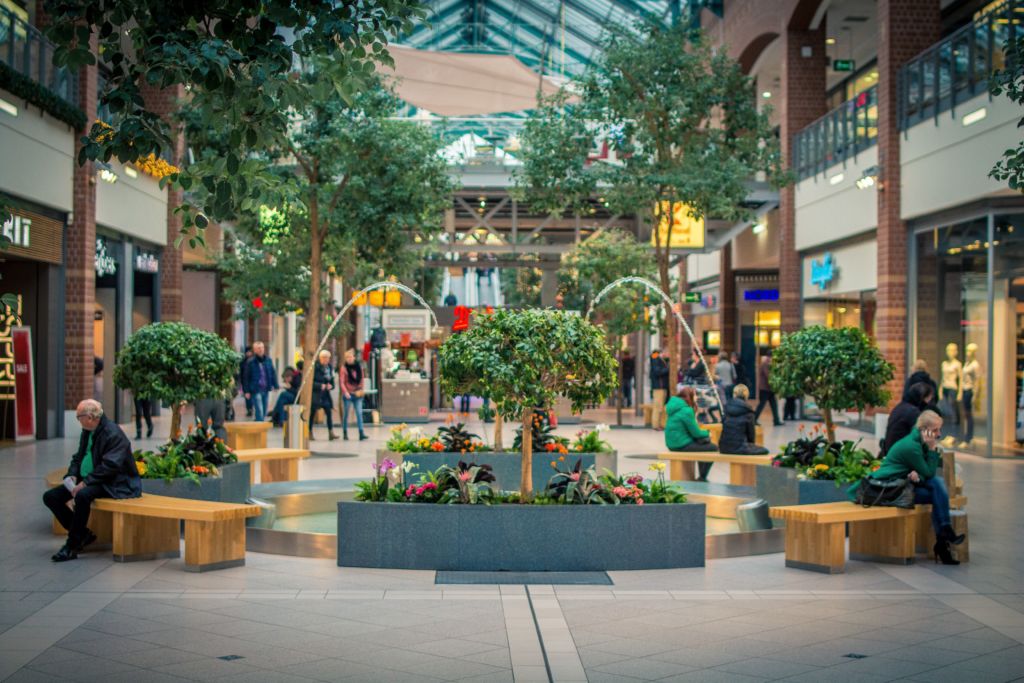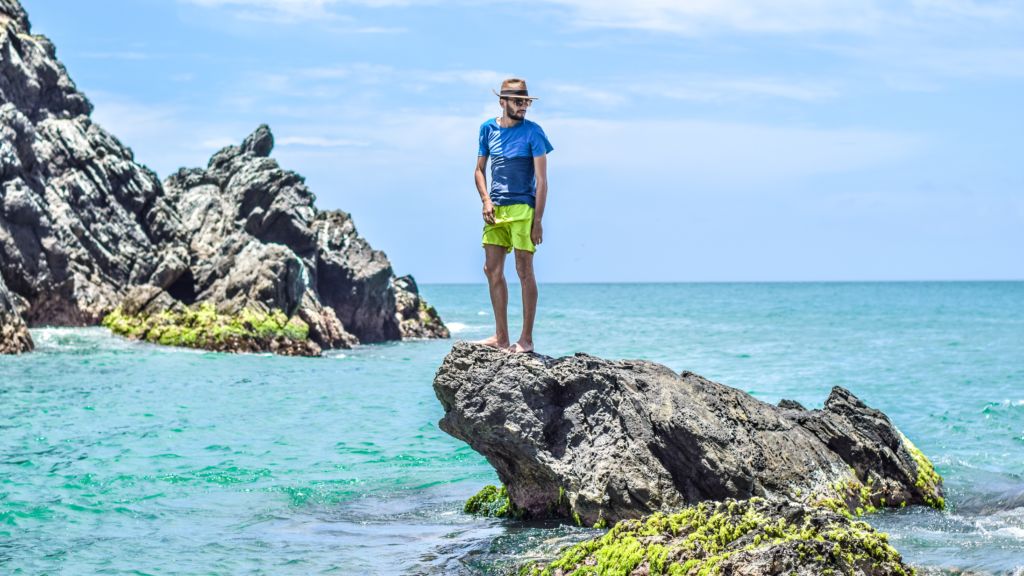
“Sustainability will evolve from a menu of marketing-focused initiatives to an integral part of the planning system where circular economic principles are linked to the entire fashion value chain. Brands will plan to recycle fabrics in the supply chain and many will leverage sustainability through technological innovation to achieve efficiency, transparency, mission orientation and genuine ethical improvements”.
According to McKinsey in the report The State Of Fashion 2018 and as transcribed in the first paragraph of this article, this will be the natural evolution of sustainable management and it will be installed essentially in the center of innovation in the fashion industry through the leading brands, who already understand the importance given by their potential young customers to CSR and environmental protection.
Sustainability customizes the brand.
“Fashion companies have understood the importance of sustainability and its effect on their image; 42 out of 100 brands have already publicly disclosed their suppliers’ information. Leading companies will go further by striving to close the circle of the entire product life cycle through recycling and fabric regeneration. As the focus shifts towards a circular economy, sustainability will evolve from being a menu of fragmented initiatives to being an integral and defining part of the entire fashion value chain.
A proactive attitude is to realize that leadership on this issue can serve as a true source of differentiation. A clear example is Patagonia, which has gained an important base of loyal customers through its relentless focus on CSR and its management of sustainability, with the sustainable development of its products and its participation in initiatives to preserve and care for the environment.
Millennials are interested in sustainable solutions; 66% of them are willing to spend more on brands that are sustainable. “Sustainability is very important for the new generation of consumers,” says Chip Bergh of Levi Strauss. “In China, the value young people place on how brands do business, what brands represent, is extraordinary compared to any previous generation”.
Fashion will be a sustainable industry or nothing.
As consumer attention to brand behavior increases, sustainability leaders can use their advantage to promote their own revenue growth. Sustainability will also accelerate with advances in materials, product and process technology. An advanced approach to CSR and sustainability has the potential to drive technical innovation, strengthen the bottom line through radical re-engineering of processes, and improve transparency and risk management.
The industry’s growing focus on sustainability is also being driven by passionate industry pioneers. For example, the Ellen MacArthur Foundation has created the Circular Fiber Initiative, which brings industry stakeholders together to move from a “take-make-dispose” approach to a circular economy for textiles. The vision of the Circular Fiber Initiative is to develop a new system for textile manufacturing based on the principles of the circular economy of restoration and regeneration. Another player in this movement is the Danish Fashion Institute, whose Global Fashion Agenda raises awareness of sustainability in the fashion industry.
Sustainability is circular fashion, design and lasting quality.
Fashion companies can find potential opportunities throughout the value chain. Some fashion players experiment with innovation in materials, such as natural fibers or recyclable fibers. Radically innovative and sustainable products already exist at a mass market price, demonstrating a possible future model of circular fashion production.
Young consumers expect the supply and marketing of sustainable fashion items to increase. So far they have been lacking in the market, as is the case with recycled polyester, which is increasingly used by mass market players. They also expect to see alternative business models and new concepts focused on sustainability. Other brands, in addition to incorporating sustainability into end-to-end processes and the product lifecycle, are looking to define the brand concept around longevity, with an emphasis on enduring design and quality.
Another important issue will be to address the problem of waste. Several alternatives already exist in the market, with the installation of collection containers in physical stores and even with the implementation of sewing and repair workshops by brands in their own stores to sew clothing, repair it and leave it ready for reuse. Areas such as on-demand manufacturing and reengineering of supply chain processes also deserve to be explored, and sports brands are already doing so.
Innovative fashion startups.
We believe that more fashion start-ups and initiatives based on the business idea of sustainable fashion will break new ground. Examples range from Ambercycle, which uses microbes to break down polyester for reuse in new fabrics, and Modern Meadow, which grows leather in a laboratory, to initiatives such as Indian Restart Fashion, which brings together designers who make garments from post-consumer products.
Fashion brands and organizations, more advanced in sustainable management, take advantage of the innovative capacity of startups, partnering with them to carry out joint projects, to boost their own efforts and develop innovations that promote sustainable practices.
Bottom line.
For the preservation of the planet we inhabit, so that it continues to be the home of our grandchildren, the race is launched and its leading players must bring to a successful conclusion the responsible and sustainable management of fashion brands to the “next level”. With this, in addition to caring for and strengthening our environment, we will create the potential for a competitive advantage for our own companies. As the commercial advantages become more and more evident, the leaders in this race will show the fashion industry how to drive innovation and value by integrating sustainability throughout the value chain.
Article written exclusively for Peru Retail and published in the magazine.











































